When General Francisco Franco led a military revolt against the democratically-elected republican government of Spain in July 1936, it led to a three-year civil war that became the bloodiest conflict in Europe since the First World War.
The nationalists, as the rebels were called, received aid from fascist Italy and Nazi Germany, while the republicans received aid from the Soviet Union as well as from international brigades, composed of volunteers from Europe and the United States.
While Britain’s policy towards the war was one of “non-intervention”, amid fears it could start a Europe-wide conflict, an estimated 2,400 men and women travelled from Britain to serve in the international brigades.
Remembering the Dundee dead of the International Brigades
Around 500 of these were Scottish, including 200 from Glasgow and 60 from Dundee.
The 16 Dundonians who were killed fighting fascism in Spain are remembered on the Dundee International Brigade Memorial in front of the McManus in Dundee.
But who were these Dundonians and what inspired them to travel across Europe to fight for their beliefs?
Illustrated talk in Dundee
On May 6, Mike Arnott, Dundee-based Scottish secretary of the International Brigades Memorial Trust, will give an illustrated talk about the Dundonian volunteers at an event organised by Dundee Burns Club and Dundee Trades Union Council.
The secretary of Dundee Trades Union Council, who wrote a book in 2008 called Dundee and the Spanish Civil War, will explain how the majority of the Scots who supported the Spanish Republic were affiliated with socialist, communist and trade unions.
With life in the 1930s characterised by high levels of unemployment, threatened redundancies and poor living standards, many volunteers, who had previously been involved in extensive labour struggles and protests against Oswald Mosely’s British Union of Fascists, believed that left-wing politics offered an escape from poverty.
In the battle of ideologies, there were also growing concerns that if unchecked, fascism could spread across Europe.
“In the context of Europe, you had Mussolini taking over Italy in 1922, and you had Hitler in Germany in ’33,” said Mike.
“There were various other countries, like Hungary and Finland, which had pretty authoritarian right-wing governments.
“There was a general awareness that fascism was on the rise.”
Who called the brigaders to arms?
The call to recruit and send international brigades was started by a Moscow-based, Soviet-controlled organisation called the Comintern that advocated global Communism.
Those enlisting would travel to London to meet Communist Party contacts and to get instructions and tickets.
They’d travel to Paris, receive cryptic messages and travel on to the border with Spain.
In the early days they would get straight across the border, said Mike.
However, later, when the French brought in their non-intervention policy and closed the border, they’d wait until nightfall and use special guides to go over the Pyrenees on foot, sometimes in the height of winter.
With the Communist Party very strong in Dundee at the time, Mike said the majority of those who left Dundee to fight – including many who had never left the city before – were either politically-motivated working class members of the party or people who had seen the warnings about the rise of fascism through street meetings.
Dundee had strong ties with other working class communities in Scotland, including politically active Fife mining villages.
Who were Dundee natives who joined International Brigades?
Those who left for Spain included Dundee-born former Dundee High School pupil Ken Stalker.
An engineer and draughtsman who had served with the army in the First World War, he enlisted with the brigade in December 1936.
When the British battalion first went into battle in February 1937, he ended up commanding several companies because the company commanders had been killed.
Stalker himself was fatally wounded at Jarama on February 12 1937.
Other Dundonian casualties included 27-year-old baker Malcolm Smith of South Road.
He left for Spain on September 23 1937 and was killed by the blast from an anti-tank shell at Sierra Pandols on August 19 1938.
Unemployed Black Watch veteran William Tadden of Elizabeth Street, Dundee, was 36 years old when he died at Jarama on February 27 1937.
Timber yard worker and Downfield Junior footballer John ‘Patsy’ McEwan of Todburn Lane, Dundee, reputedly told his mother as he left for Spain: “If I don’t go and fight fascism, I’ll just have to wait and fight it here.”
His obituary appeared in The Courier on August 20 1937.
Dundee survivors
Mike met some of Dundee’s surviving international brigades members when he took over as minutes secretary of Dundee Trades Council in 1983.
His predecessor, Tom Clarke, had himself been an international brigader, and was the last of the Dundonian members to die in 2001.
Others he met included Willie Adam, who later retired and moved to live with family in Oxford, and Frank McCusker, who had been the groundsman at Tannadice after the civil war.
The last Scottish participant died about five years ago.
What was their legacy?
The immediate legacy of their participation was raising awareness of the dangers of fascism.
In that regard they were “ahead of their time”.
But through Britain’s policy of non-intervention, and with Franco’s nationalists emerging victorious in 1939 on the eve of the Second World War, Britain, Mike said, “didn’t really rally to the cause of democracy”.
“The British government dragged out something called the Foreign Enlistments Act from the 19th Century, which, I think, was possibly brought in to stop people going out and enlisting to fight with Garibaldi to free Italy,” he said.
“Basically, the British government were doing everything they could to try and prevent the brigaders from going out there.
“It was appeasement when you consider Spain’s democracy was looking for aid from a democracy which basically turned a blind eye and said ‘no’ while Germany and Italy sent troops and planes and tanks to fight with Franco.
“When the Second World War broke out, a lot of them were prevented from enlisting back in Britain because they’d fought in Spain, which is incredibly ironic.”
Discovery of mass graves in Spain
Mike said that, as far as he knows, all the Dundee casualties were buried in Spain.
In recent years a number of mass graves have been found.
This included one found in Corboba a few months ago.
The International Brigades Memorial Trust was contacted after it was suggested there could be a Glasgow international brigades member buried there.
Efforts to prove this through DNA were unsuccessful.
“It’s not happened a lot because the Spanish have largely been concentrating on finding their own and there was less of an oral tradition of where the internationals were buried, as opposed to the Spaniards,” he said.
“For example, if a grandad was driven out of his village, shot with a dozen others and buried in a ditch by a roadside, generally a lot of local people would know and the folk whose relatives would know they were there.
“With the internationals, they were not settled there, so it’s a bit hit and miss.”
Belated appreciation for veterans
Mike said it was only after the death of Franco and the end of Spain’s dictatorship in 1975 that the “respect” for the brigaders in Spain could be truly appreciated.
“The ones that went out for the 50th anniversary in 1986, which was the first big anniversary after the restoration of democracy, were treated like absolute heroes,” he said.
“Folk throwing flowers at them, running up and hugging them.
“The response they received from the Spanish people for what they had done 50 years before was amazing.
“They were visionaries for seeing the way the world was going.
“But the other side of it was the civilian effort – the Aid Spain movement that raised money for food, for bandages, for all kind of humanitarian relief.
“Dundee sent an ambulance to Spain. Boatloads of food went over.
“Places like Grey Lodge Settlement were making bandages to send to Spain in 1937.
“The fact that Dundee paid for two dozen Basque refugee children to come and live in Montrose after the bombing of Gernika in April 1937 (by Nazi Germany).
“This whole civilian effort. The solidarity. It’s truly remarkable.”
Tickets for Dundee talk on International Brigades
The Dundee Burns Club/Dundee Trades Union Council event on May 6 also features a talk by Councillor Siobhan Tolland on the life of the Dundee poet and working class activist Mary Brooksbank.
Meanwhile, Graham Ogilvy will tell the remarkable and tragic story of Dundee councillor Bob Stewart, who worked on the Discovery and spied for Stalin.
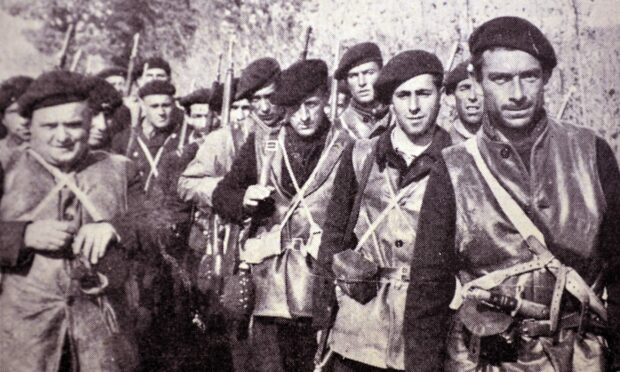
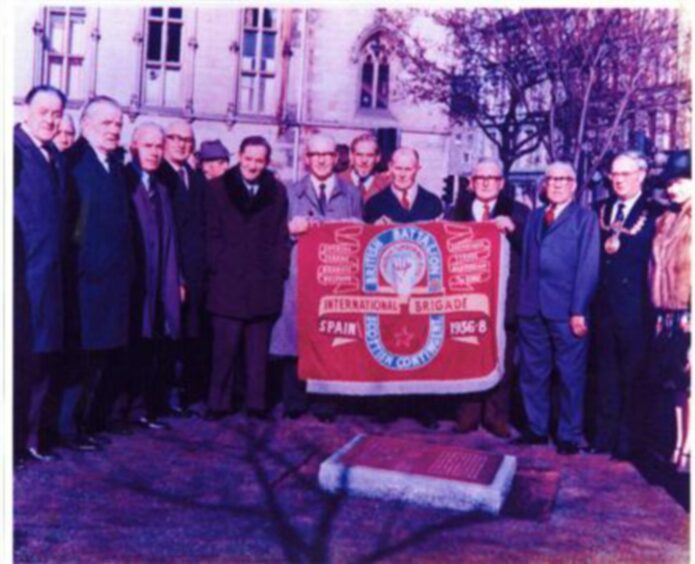
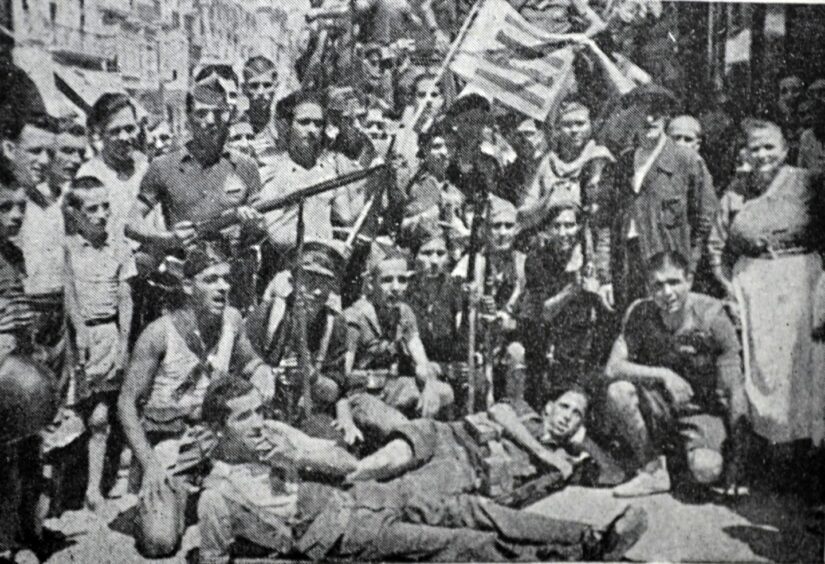
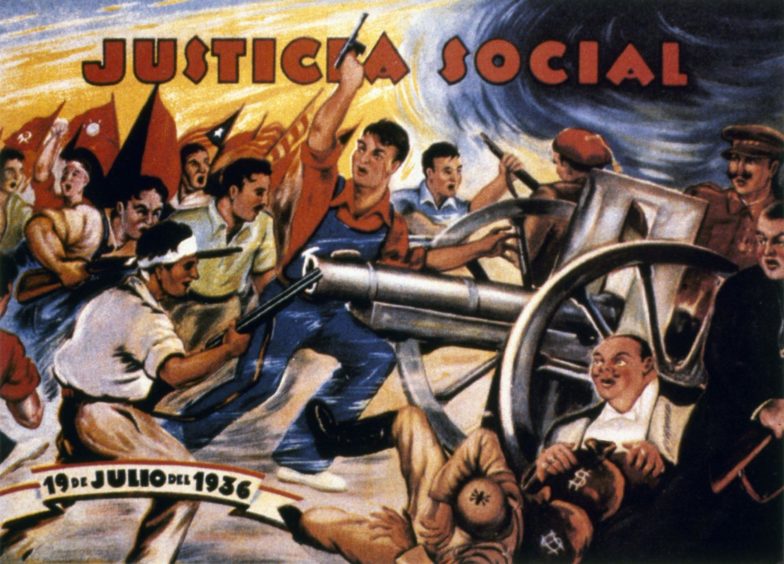
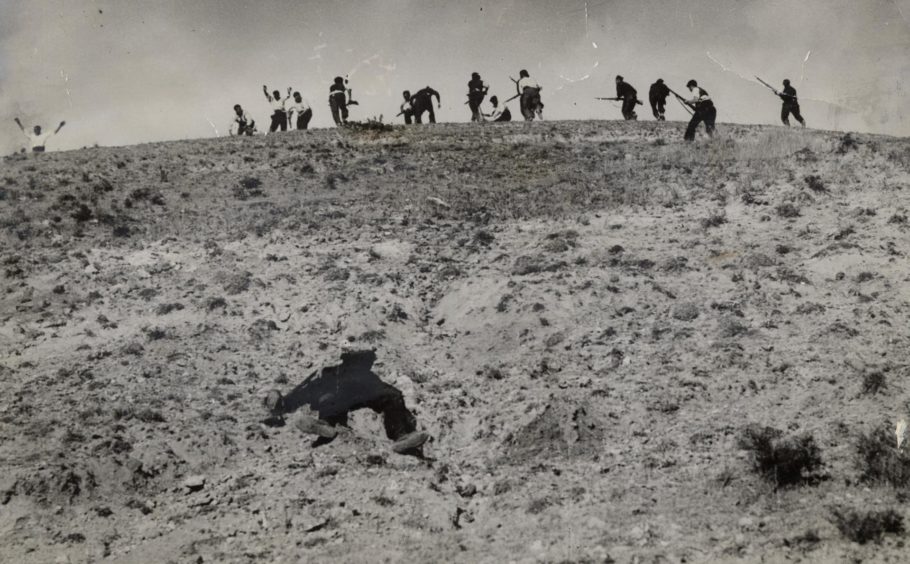
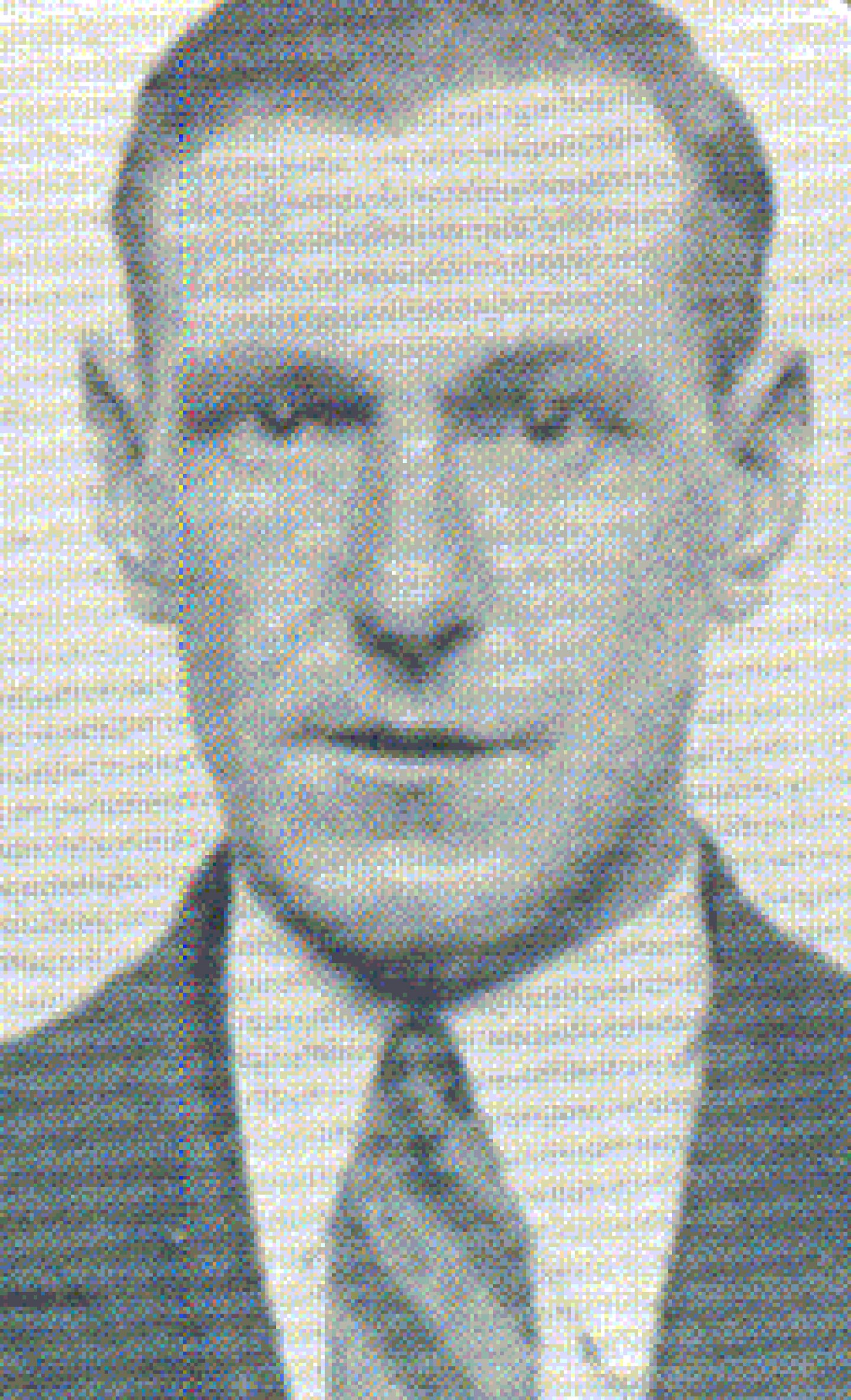
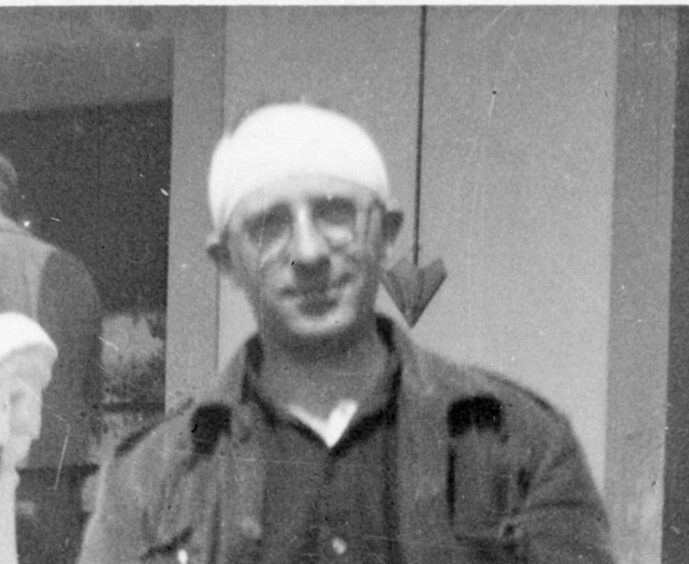
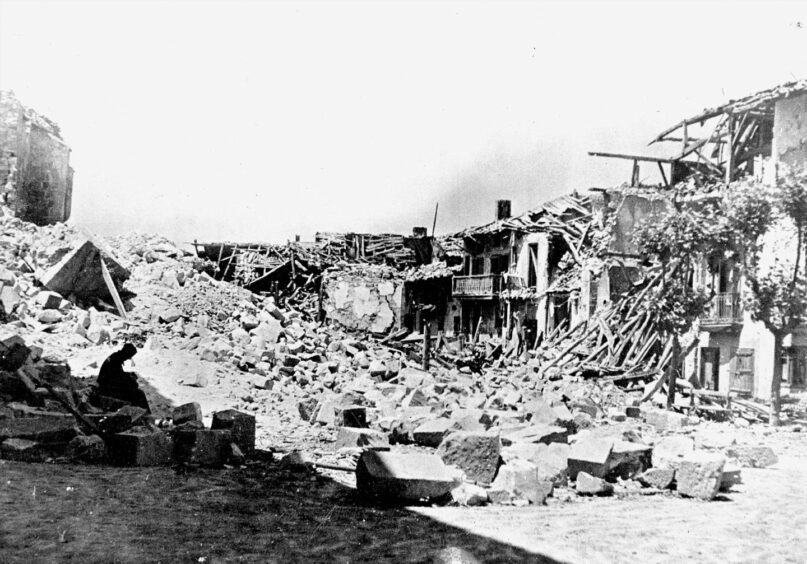
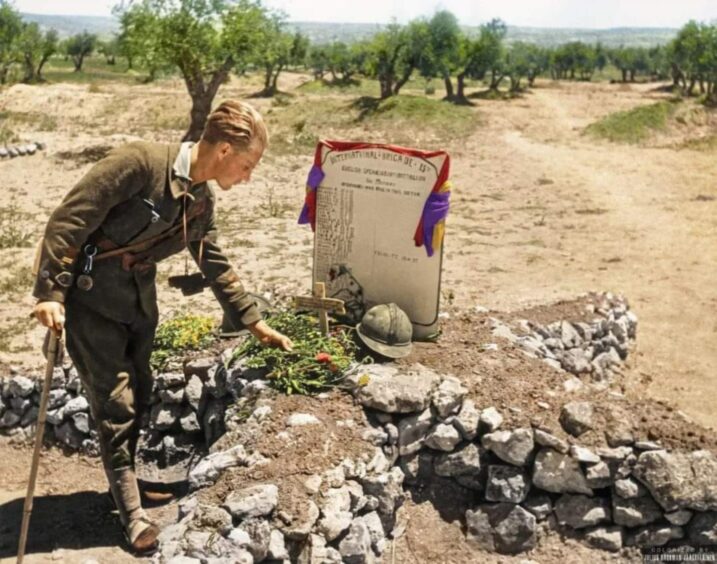
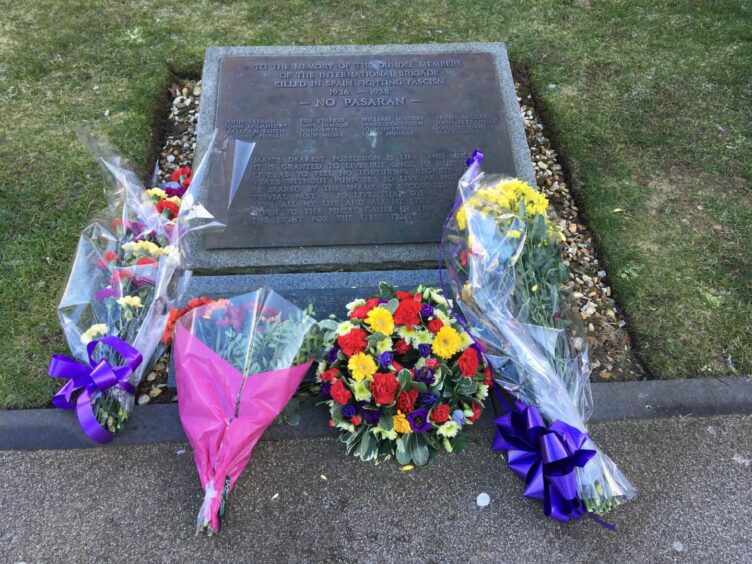










Conversation